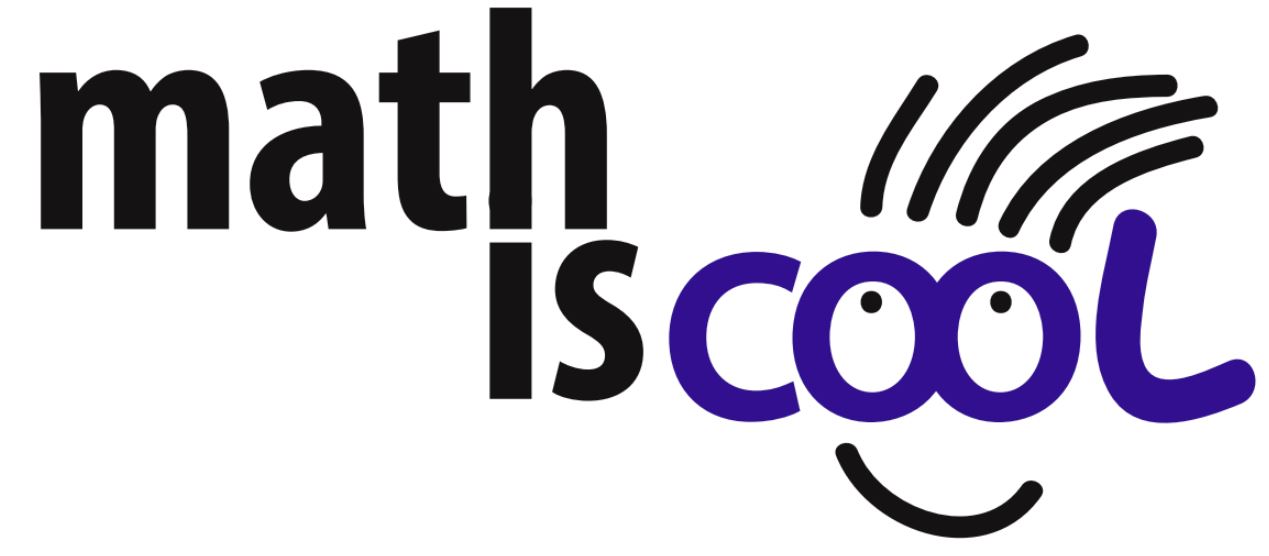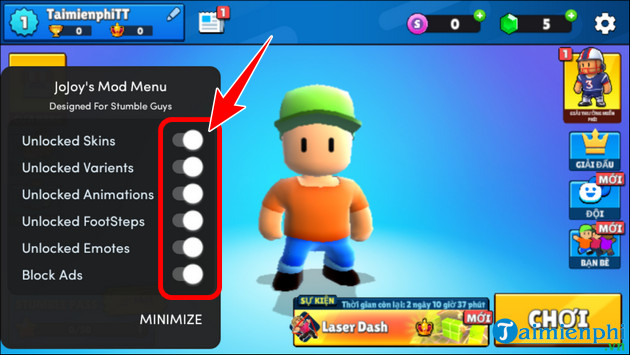
Math is Cool
Introduction: Why People Say “Math is Cool”
Math often gets a bad reputation in classrooms. For many students, it feels like a subject full of endless formulas, strict rules, and problems that seem to have little connection to real life. Yet, if you take a closer look, math is much more than memorization—it’s a language, a puzzle, and even an art form. When you really dive in, you start to realize why so many people confidently say, “Math is cool.”
At its core, math is about problem-solving and pattern recognition. From the Fibonacci sequence that shows up in seashells and sunflowers to the way engineers use calculus to design roller coasters, math is everywhere. Once you understand how numbers and logic shape our daily lives, it becomes impossible not to appreciate its elegance.
Even more interestingly, math connects people across generations and cultures. Ancient civilizations like the Egyptians, Greeks, and Mayans relied on math to build pyramids, chart the stars, and track time. Today, those same principles help us design artificial intelligence, explore space, and create video games. The timelessness of math proves its cool factor—it never goes out of style.
So, whether you’re a student struggling with algebra, a gamer intrigued by coding, or someone who just loves solving puzzles, this article will show you why math is not only useful but also genuinely exciting.
The Hidden Beauty of Numbers
Numbers might look simple, but they carry incredible power. Think about the number zero. At first glance, it’s just “nothing.” But without zero, modern math as we know it wouldn’t exist. Zero allows us to build number systems, perform complex calculations, and even represent concepts in computer science. Something so small changed the way humans view the universe. That’s pretty cool.
Another fascinating aspect is prime numbers. These are numbers that can only be divided by themselves and one, like 2, 3, 5, 7, and so on. At first, primes might seem like a quirky math topic, but they’re actually the backbone of modern encryption. Every time you make an online purchase or send a private message, prime numbers are protecting your data. So the same numbers you once thought were boring are keeping your bank account safe.
Patterns in numbers also highlight their beauty. Consider the Fibonacci sequence, where each number is the sum of the two before it: 0, 1, 1, 2, 3, 5, 8, 13… and so on. You’ll find this sequence in nature—in pinecones, flower petals, hurricanes, and even galaxies. It’s like the universe itself is saying, “Math is cool, and I use it to design everything.”
Math in Everyday Life
People often ask, “When will I ever use math in real life?” The truth is—you already do, every single day. You use math when you check the time, calculate your budget, measure ingredients for cooking, or even when you plan your commute. Math is a hidden companion, helping you navigate life without you even realizing it.
Take cooking, for example. Recipes involve fractions, ratios, and multiplication. Double a recipe, and you’re applying arithmetic. Adjust ingredients to suit your taste, and you’re using proportional reasoning. Without math, even baking a simple cake would become a guessing game.
Sports is another area filled with math. Players and coaches analyze statistics, measure angles, and calculate probabilities to improve performance. Whether it’s a basketball player figuring out the best shooting arc or a baseball manager deciding when to switch pitchers, math drives those decisions. Behind every exciting game, math is silently playing along.
Even in entertainment, math sneaks in. Music, for instance, is built on mathematical ratios. Harmonies, rhythms, and beats all rely on patterns of numbers. The guitar strings you strum vibrate at specific frequencies, which are mathematical in nature. Without math, your favorite songs wouldn’t exist in the form you know them today.
The Cool Side of Geometry
Geometry is often one of the first branches of math where students get to visualize concepts. Instead of just numbers on a page, geometry deals with shapes, angles, and spatial reasoning. This is where many people first realize that math can actually look beautiful.
Take the symmetry of a snowflake. Each snowflake forms through geometric rules that create stunningly unique patterns. That’s math at work in nature. Architects also rely on geometry to design breathtaking buildings. The Eiffel Tower, the Great Pyramids of Egypt, and modern skyscrapers all stand tall because of geometric precision.
Geometry even affects technology. Virtual reality games, for example, are built using geometric modeling. The way your favorite VR headset creates a three-dimensional world comes down to geometry. Whether you’re exploring ancient temples in a game or walking through an augmented reality simulation, you’re experiencing the cool side of geometry in action.
Algebra: The Language of Problem-Solving
Algebra tends to intimidate students, but once you understand its purpose, it becomes clear why it’s so important. At its core, algebra is about finding unknowns and establishing relationships between variables. Think of it as solving mysteries—algebra is your detective toolkit.
For example, if you’re trying to budget your money for the month, you might not know exactly how much you’ll spend on groceries. Algebra allows you to represent that unknown as a variable and solve equations to figure it out. It’s the same skill scientists use when modeling climate change or economists apply when predicting market trends.
Algebra also shows up in technology. Your smartphone relies on algorithms that are built on algebraic principles. Whether you’re searching for something on Google, scrolling through TikTok, or letting Spotify recommend your next song, algebra is silently doing the work. Without it, the modern digital world wouldn’t exist. That’s not just useful—it’s undeniably cool.
Why Math Is the Foundation of Technology
If you love technology, you already love math—you just might not realize it yet. Every app, website, and gadget you use is built on mathematical concepts. Computer science, for instance, is deeply rooted in logic and algebra. Coding languages are essentially math-based systems that allow humans to communicate with machines.
Artificial intelligence (AI) is another example. Machine learning models rely on statistical math to analyze data and make predictions. When Netflix suggests your next favorite show or when your phone autocorrects a typo, math is running behind the scenes.
Even the internet itself runs on math. Data gets broken into packets, transmitted across networks, and reassembled—processes that depend on algorithms and number systems. Without math, we wouldn’t have Google Maps to guide us, YouTube to entertain us, or online platforms to connect us. If that’s not proof that math is cool, I don’t know what is.
Fun Math Puzzles and Games
Math doesn’t have to be serious all the time—it can also be playful. Puzzles like Sudoku, Rubik’s Cube, and logic riddles are all math in disguise. They challenge your brain, improve problem-solving skills, and provide entertainment at the same time.
Take Sudoku, for instance. It’s a number-placement puzzle that relies on logic and pattern recognition. You don’t need advanced math to solve it, but it exercises your brain in the same way a math problem would. Similarly, chess strategies involve mathematical thinking—predicting moves, calculating outcomes, and weighing probabilities.
Video games are also full of math. Game developers use physics equations, probability, and geometry to create realistic graphics and fair gameplay. Every time you aim a shot, calculate a jump, or unlock a quest, you’re interacting with math-based design. That’s why so many people who love games end up discovering that math is cooler than they thought.
How Math Builds Critical Thinking Skills
One of the coolest things about math isn’t just the subject itself, but what it does to your brain. Math trains you to think logically, analyze problems, and find creative solutions. These skills go far beyond the classroom—they apply to every area of life.
When you learn math, you’re learning how to approach challenges systematically. You break down problems into smaller parts, look for patterns, and test solutions. These are the same skills you need for decision-making in business, science, or even personal life choices.
Problem-solving is a universal skill, and math strengthens it like nothing else. Whether you’re negotiating a deal, planning a trip, or troubleshooting a technical issue, math-based reasoning helps you think clearly and act confidently. That ability to approach the world with logic and creativity is what makes math a lifelong superpower.
Changing the Way We See Math
Part of making math cool is changing how we view it. Too often, students are taught to fear math instead of appreciate it. Teachers and parents can help by focusing on exploration and creativity rather than just memorization.
For example, connecting math to real-world applications—like sports, art, or technology—helps students see its relevance. When you realize math explains how a skateboard trick works or how a song is structured, it suddenly feels more approachable.
Encouraging curiosity is key. Instead of just saying, “Here’s the formula, memorize it,” educators can ask, “Why does this formula work?” or “Where do we see this in the real world?” That mindset shift can turn math from a boring requirement into a fascinating adventure.
Conclusion: Math Really Is Cool
When you step back and look at the bigger picture, it’s hard to deny the truth—math is cool. It’s the foundation of science, technology, art, and even the way nature organizes itself. From building pyramids thousands of years ago to powering artificial intelligence today, math has always been at the center of human progress.





